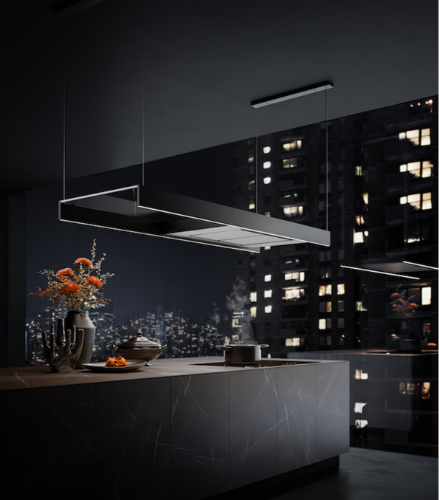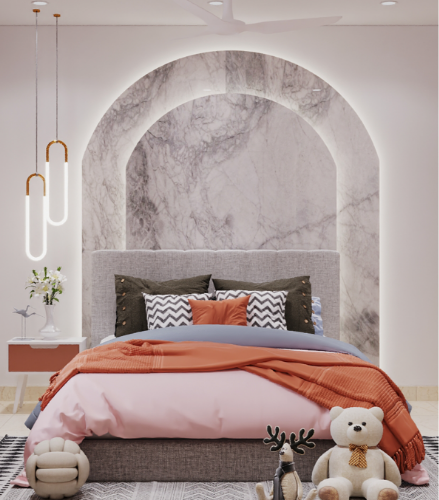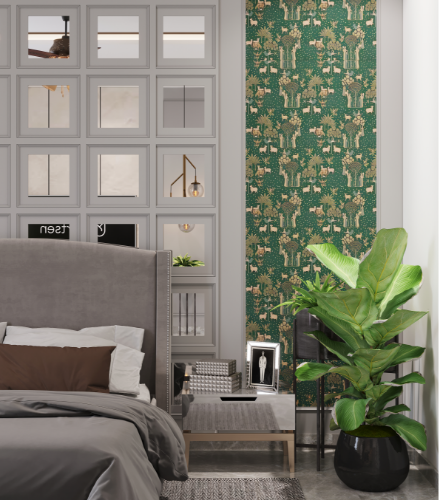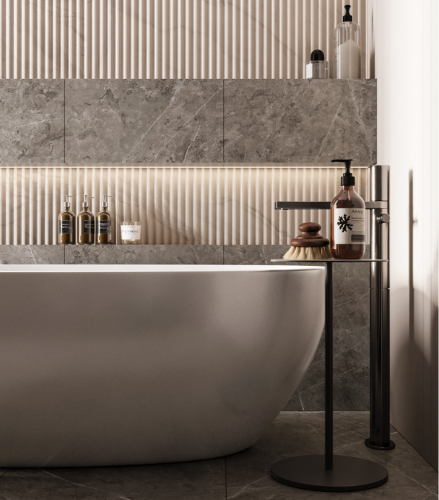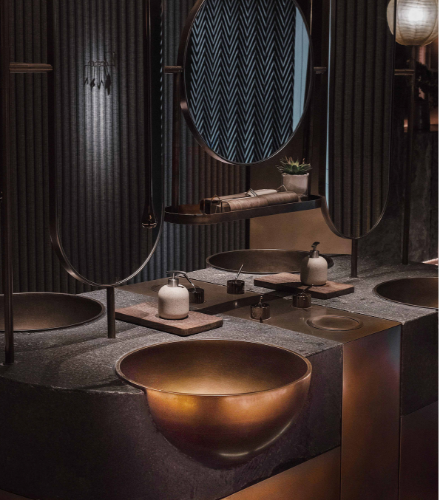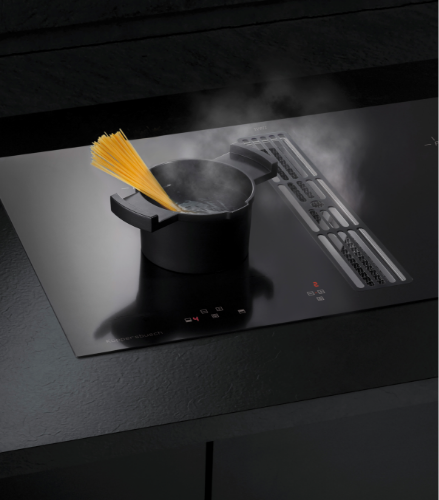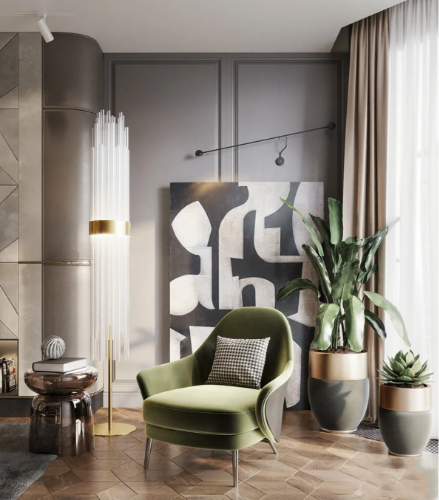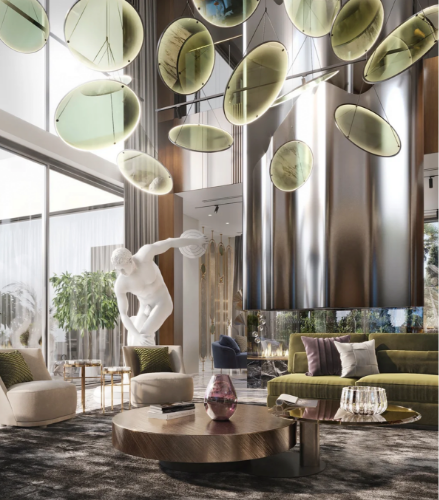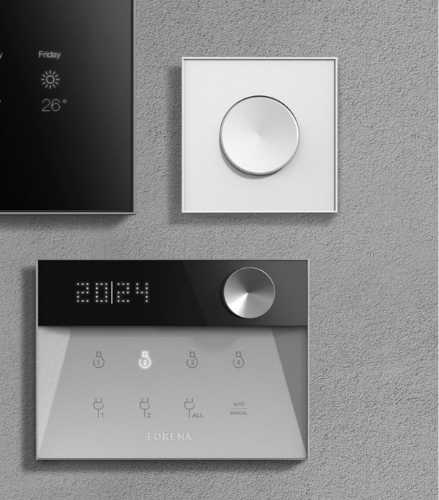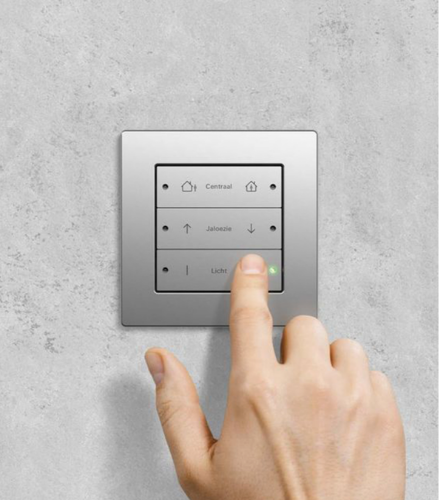Modernisation has in many ways improved all facets of our lives – be it health or living standards, everything in our daily lives has bettered ten folds compared to a measly four decades ago. But, the question remains at what cost? As more and more people embrace the new way of life, we have also grown far apart from our surroundings.
This has adversely affected our lives enormously, disrupting the flow of energy which then affects our health, prosperity and our overall well-being. This is where an ancient Chinese practice of Feng Shui comes into the picture. The practice promotes harmonising individuals with their surroundings by optimising the flow of energy, also known as “chi”, in homes. The practice of Feng Shui calls for a variety of techniques integrated into interior design, architecture and landscaping to improve the energy flow in a space.
The main goal of the practice is to create a balance between the environment and the people inhabiting it. This is obtained by adjusting the placement of furniture, incorporating certain colours and materials and using specific symbols and objects. Thus, if you want to restore the balance of “chi” between you and your home, this blog will help you traverse the complicated world of Feng Shui.
The Basics of Feng Shui
The Five Elements: Water, Wood, Fire, Earth, Metal

The Chinese term “Feng Shui” literally translates to “the way of wind and water”. However, the practice also incorporates fire, earth and metal. Take a deeper look inside these five elements that interact with each other in various ways, also known as “Wu Xing”. It can give you a deeper understanding of Feng Shui.
- First comes water, which is believed to be associated with wealth and prosperity. When a water element is incorporated into your home, it’s responsible for the flow of energy, communication and flexibility.
- Up next is wood, which represents growth, creativity and flexibility that in return improves your health and vitality.
- Then comes Fire representing passion, transformation and inspiration, which is associated with fame and reputation. This is used to establish a sense of warmth and energy in a space.
- When it comes to Earth, it represents stability, nourishment and sustainability. The element is correlated with relationships and family.
- Finally, metal speaks for clarity, strength and organisation and is often associated with success and productivity.
Also Read: Bring Nature into your home with Biophilic Design
Yin and Yang
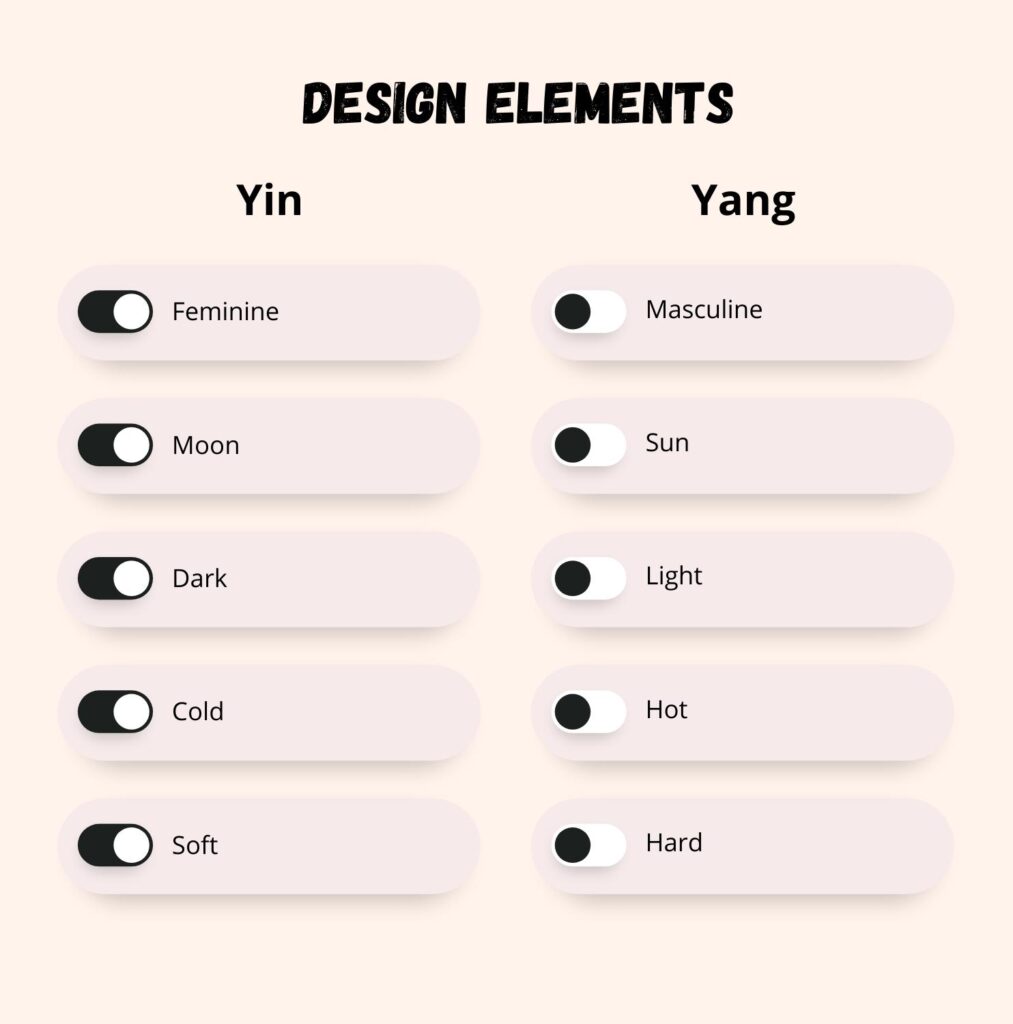
Though the symbol representing yin and yang (in black and white) is widely popular among people across the globe, the meaning and its purpose are relatively unpopular. Yin and Yang are fundamental concepts in the practice of Feng Shui. It represents two opposing yet complimentary energies that exist in all things. The two opposing sides are composed of Yin, which is feminine, passive and receptive energy. On the other hand, yang is masculine, active and assertive energy. According to Feng Shui, finding the correct balance is the secret to harmony and well-being in a space.
In a Feng Shui home, Yin and Yang are weaved into the interior design through a variety of elements, such as colours, shapes, materials and symbols. But, most homes lack balance. So to create balance, designers look for the existing balance between the two opposing sides. For instance, if a space is too “Yang” (too bright, bold, and active), then the amount of “Yin” (too dark, dull and passive) is increased. Therefore the balance is achieved to improve the flow of “chi”.
Also Read: Trying to Decorate a rented Home on a Budget: Here’s How!
Bagua Map and its importance in Feng Shui

The Bogua map is inspired by “Bogua”. It is a set of nine symbols representing the fundamental principles of reality, interlude with each other. Though in the practice of Feng Shui, Bagua Map is a sort of tool that distinguishes various areas of space and their corresponding qualities and characteristics. The map is composed of nine sections. Each represents a different aspect of life – wealth, fame, relationships, family, health, children & creativity, knowledge, career and helpful people & travel. The map is heavily influenced by the principles of Yin and Yang, along with the previously mentioned five elements.
How to use Bagua Map?
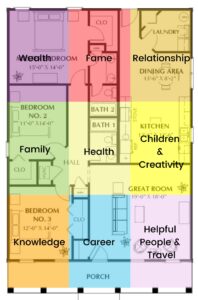
There are a few ways to use the Bagua map in your home, but we would follow the Western method, also known as BTB or Black Hat method.
- As a first step, you have to procure a floor plan of your home. Otherwise, you can draw the floor plan. Though we recommend getting an accurate floor plan, a drawn floor plan would also work.
- According to the BTB method of Feng Shui, your front door is always at the bottom of the map, where the areas for knowledge, career and helpful people & travel lay.
- Now divide your home into nine sections like a tic tac toe board. Then the Bagua map is superimposed on each section telling you what is where.
- Akin to most homes, if your home isn’t a perfect square, you can stretch the Bagua map to fit the shapes of your home.
Applying Feng Shui to Interior Design
Colours and their effect on mood and energy as per Feng Shui
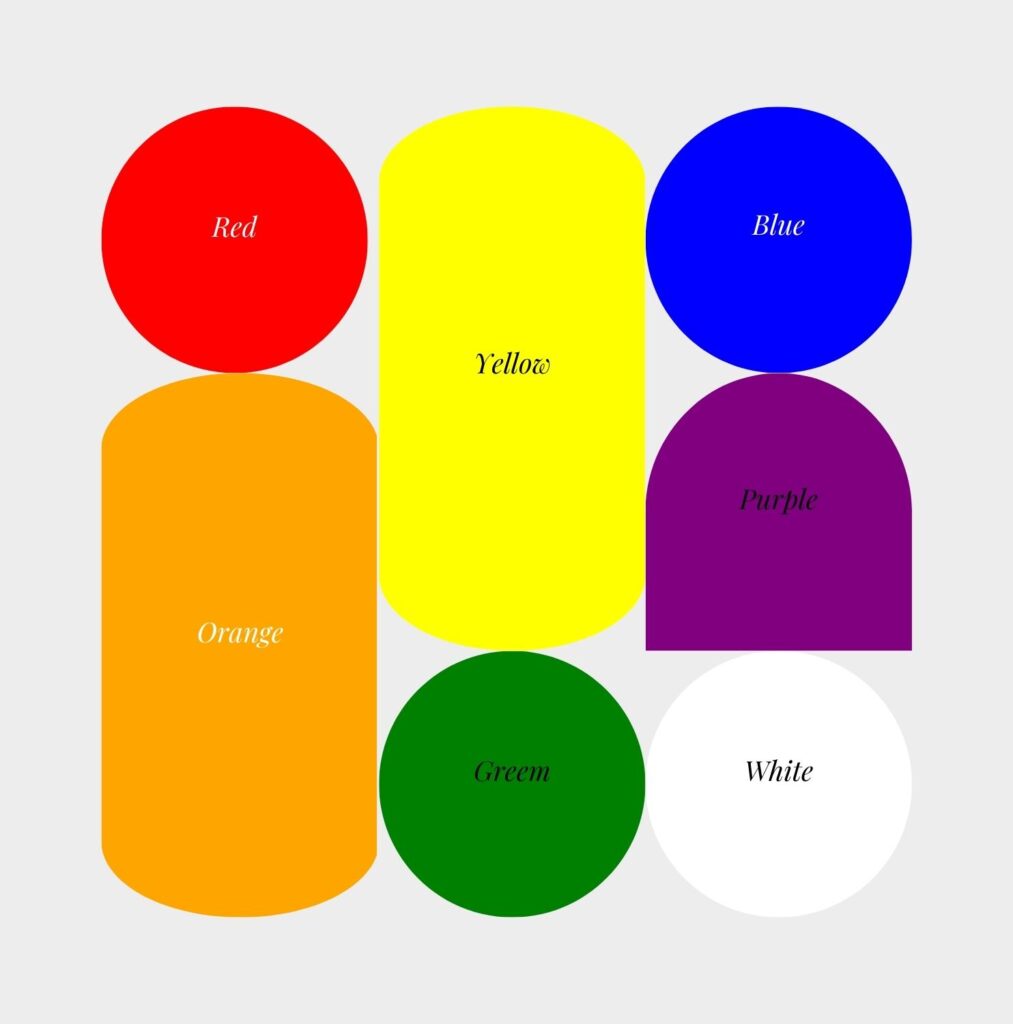
Ancient philosophies are great and all, but colours are also what affect your daily mood and energy. Thus, it’s also a vital aspect of Feng Shui, where each colour represents a specific energy and has its unique qualities and characteristics. Here are some commonly used colours and their effects on mood and energy as per Feng Shui:
- Red: A colour of passion, excitement and warmth. You can find this colour in a Feng Shui home promoting energy, courage and vitality. However, don’t go overboard with it, as it can create a sense of restlessness and aggression.
- Orange: If socialising, creativity and happiness are what you want, orange is the one for you. It promotes joy, enthusiasm and optimism in a space.
- Yellow: If there was one colour which can instantly lift your mood, it has to be yellow. In addition, it represents intelligence, inspiration and wisdom while used to promote clarity, communication and mental stimulation.
- Green: Most people think green represents nature and in many ways it’s true. However, as per Feng Shui Green represents growth, balance and harmony and is widely used for healing, relaxation and peace.
- Blue: The colour blue represents tranquillity, calmness and creativity, it’s also known to produce restful sleep, relaxation and stress reduction. Blue is often thought of as a representation of natural elements. But in truth, blue is scarce in nature, apart from the sky (which is not really blue) and water.
- Purple: A lot of people look for luxurious decor in their homes and purple is great at doing that. Also, purple represents spirituality and creativity.
- White: This neutral colour is known for being versatile and it represents purity, clarity and freshness. It has also been used for promoting mental health, focus and cleanliness.
Also Read: The Psychology of Interior Design: Understanding how Design Affects Mood
Furniture placement and arrangement as per Feng Shui
The thing about bad furniture placement or arrangement is that it can be rearranged and modified anytime you want. So, furniture placement can be pushed down on the priority list for a certain time. Whenever you settle on doing it, there are a few things you should remember –
- Create a focal point using your furniture, you can use artwork, a window or a fireplace as the focal point.
- Don’t overdo it with the furniture, it’s vital to keep a free and easy flow of movement. Don’t block pathways or windows because it might impede the flow of “chi”.
- It’s better to avoid furniture with sharp edges, but if you have to have some, make sure they don’t face the room. As this might give birth to a lot of negative energy.
- Remember those five elements in Feng Shui, you should balance the materials used in your furniture. Make sure to include all five elements in the furniture to balance the energy.
- As you are acquainted with the Bogua map, make sure you use the map to arrange your furniture as well. For instance, place the bed in the relationship area, the desk in the career area, and the dining table in the prosperity area.
- Stay mindful of the scale and proportion, bigger furniture can create a sense of overwhelm, whereas smaller one can make the room feel empty. The balance of the sizes is the sweet spot for the flow of “chi”.
Also Read: 10 DIY Home Decor Ideas: Decorate your home the way you like!
Lighting and its impact on the mood
Interior lighting might just be the most important aspect of a Feng Shui home. Besides illuminating your home, it can also be used to highlight certain parts of a space, while dimming others. However, as per Feng Shui, finding harmony with balanced lighting can help the energy flow. Here’s how you can integrate Feng Shui-approved lighting in your home:
- Natural Lighting: In a Feng Shui home natural light is of paramount importance. Thus it goes without saying, make sure all the rooms in your home have wide enough windows that can introduce a profuse amount of natural light. Also, don’t use curtains that block natural light and if possible, keep the curtains open during the day. The bottom line is, natural light is the best source of lighting and promotes health and vitality.
- Avoid Harsh Lighting: Yes, a well-lit space permeates positivity and elevates your mood. But that in no way should result in an overly bright space that provokes discomfort in people. People often make the mistake of introducing lights that are way too bright in spaces that do not require them, resulting in stress. Instead, use soft and diffused lights such as table lamps and wall sconces to highlight areas. This will birth a warm and inviting atmosphere.
- Balance light sources: To create extraordinarily beautiful decor, using multiple sources for lighting is the go-to. Feng Shui also leans over this principle. According to ancient practice, instead of using a single profusely bright light source, find a balance between a variety of light sources to create a positive atmosphere.
- Avoid cluttering lights: While the previous point applies to multiple light sources, we still have to be mindful of the number of light sources. Over-usage can result in incoherent decor and can overwhelm and confuse people. We recommend, keeping things simple and using lighting fixtures that complement the decor and each other.
Incorporating natural elements into the design
Feng Shui interiors call for a blend of five elements of nature and using these materials in furniture, accent walls, floors and ceilings of your home is the best way of doing so. Elements such as wood, metal, stone and more are the existing norms in home interiors. However, you have to take it a step further by incorporating a balance between all the variety of elements. Doing this can be a daunting and difficult task, undoubtedly, so get in touch with our design experts for assistance with Feng Shui interior design.
Also Read: Transforming Your Home with Textiles: Curtains, Cushions, and More
Getting everything right on your own is next impossible, so consider getting the entire project done by experts. However, in case you fancy yourself a DIYer. Be mindful of home renovation mistakes that can halt your progress and extend the timeline of the project. Hopefully, this blog helped you understand Feng Shui better, so you can integrate it into your home efficiently. Happy Designing!

